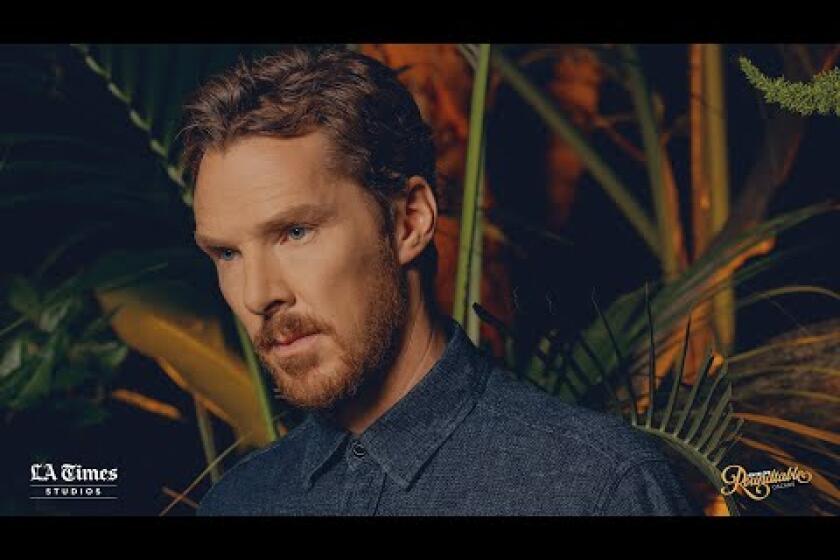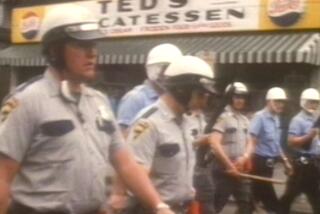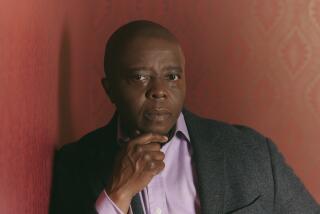‘Power of the Dog’ is no western. Instead, the camera found the delicate tensions
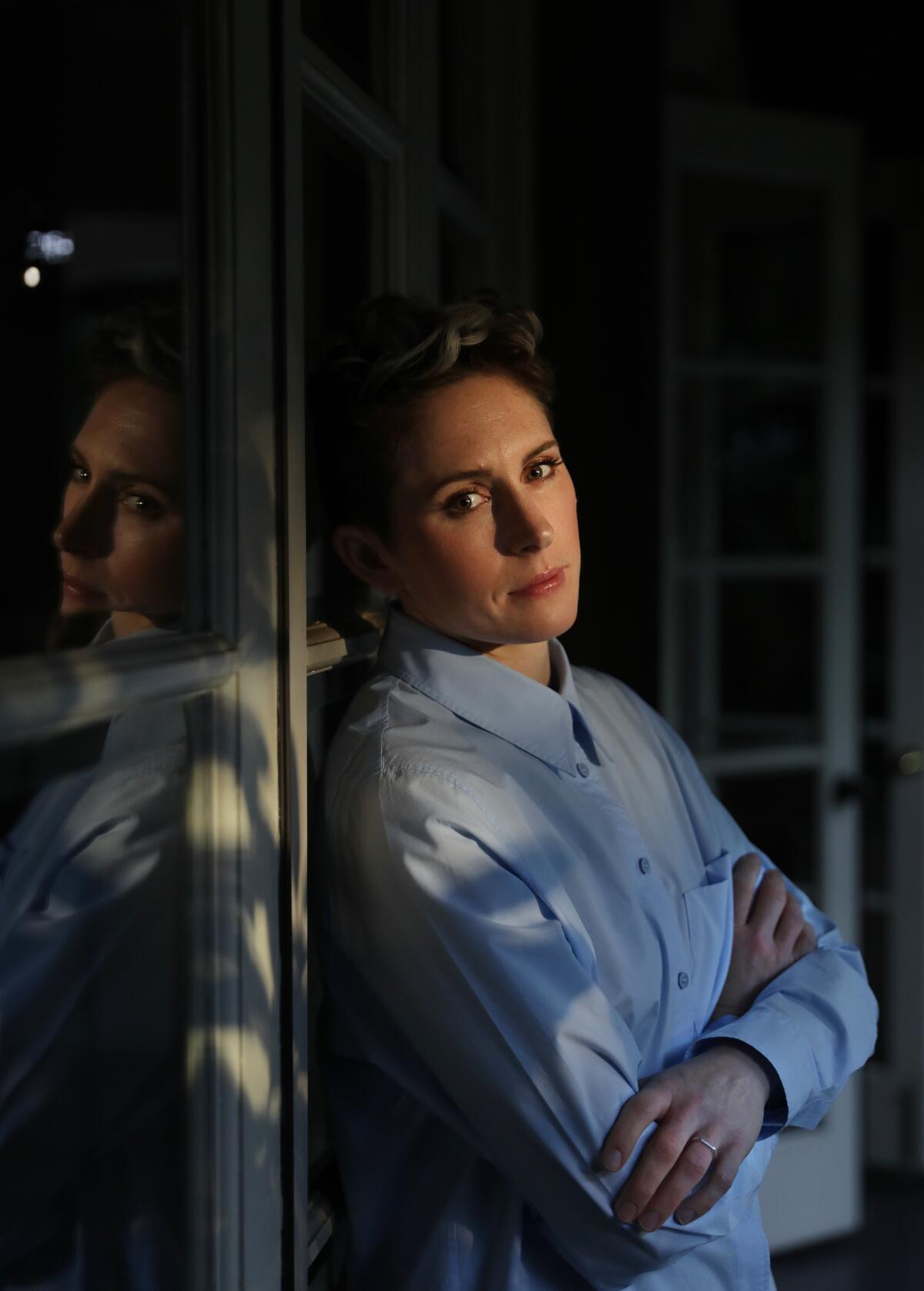
Despite its recognizable mix of cowboys, cattle and the open frontier, “The Power of the Dog” from director Jane Campion was never conceived as a true western. The story, in Campion’s view, is far too specific for that. Adapted from the 1967 Thomas Savage novel and set on a Montana ranch in the 1920s, the Netflix film is less a sweeping paean to the Old West than it is a taut and terrifying psychological meditation on secrets, repression and misdirected rage.
The American setting may be a first, but this is familiar territory for Campion. Since her explosive 1989 debut, “Sweetie,” she has been more interested in the unconscious and the home-grown terrors that profoundly alter and infect family relationships. A gorgeously rendered character study in a remote landscape is also hardly a new concept for the celebrated director of “The Piano” and “Top of the Lake.”
“I tend to agree with Jane,” says her cinematographer Ari Wegner, who shot the film on a set of breathtaking locations in Campion’s native New Zealand as a stand-in for rural Montana. “I never thought of it as a western when we were shooting it, though it has all the classic, western elements. Everything, that is, except guns.”
It’s a telling omission following the accidental shooting death of cinematographer Halyna Hutchins on the set of “Rust,” a western emerging from a more traditional template. But Wegner says weapons were irrelevant given the kind of psychological violence she, Campion and the A-list cast wanted to explore on screen. “What we’re really interested in is this really delicate, really minute energy and tension between people,” she says. “For us, the danger was already in the house. There’s no need to pull a gun out in order to terrify someone and keep them psychologically immobilized.”
How she and Campion told the story of two very different brothers and the new family that upends their fragile peace began with a year of preparation together in New Zealand scouting locations, exploring looks and ruminating about camera style and tone. They spent many months just on the color palette. “There were really so many directions we could go,” Wegner says. “We talked about black and white for a long time, and then we talked about a kind of hand-tinted Technicolor style.” They settled on a muted, dusty look, with slightly more color than sepia, in a range from brown to silver and gold that matched the grass and the mountains anchoring many of the shots.
With strong, contrapuntal performances from Benedict Cumberbatch, Kirsten Dunst, Kodi Smit-McPhee and Jesse Plemons, and a haunting score by Radiohead’s Jonny Greenwood, Campion and Wegner were careful not to visually overload any scene. “You can’t have everything at the same time in a film,” says Wegner. “It feels like too much sugar or unnecessary jewelry or something. A big performance with a big score and big photography is not what we were trying to do.”
Campion preferred an equally unadorned shooting style, which even extended to overhead shots, captured by drones, that were never too showy. “Jane was very clear she never wanted the camera to move in a way that felt emotionally manipulative,” Wegner says. “So we would try not to push in on an important moment. The camera should only move when an actor moves, instead of moving of its own accord to make a point.”
What Campion would push, or gently nudge, were the actors and filmmakers. “What’s amazing about Jane is she really manages to make you comfortable being uncomfortable, ” Wegner says, just as her films often do for audiences. “I still can’t say how she does it. Being out of your comfort zone feels strange, but once you go there, it feels great because you have a new comfort zone.”
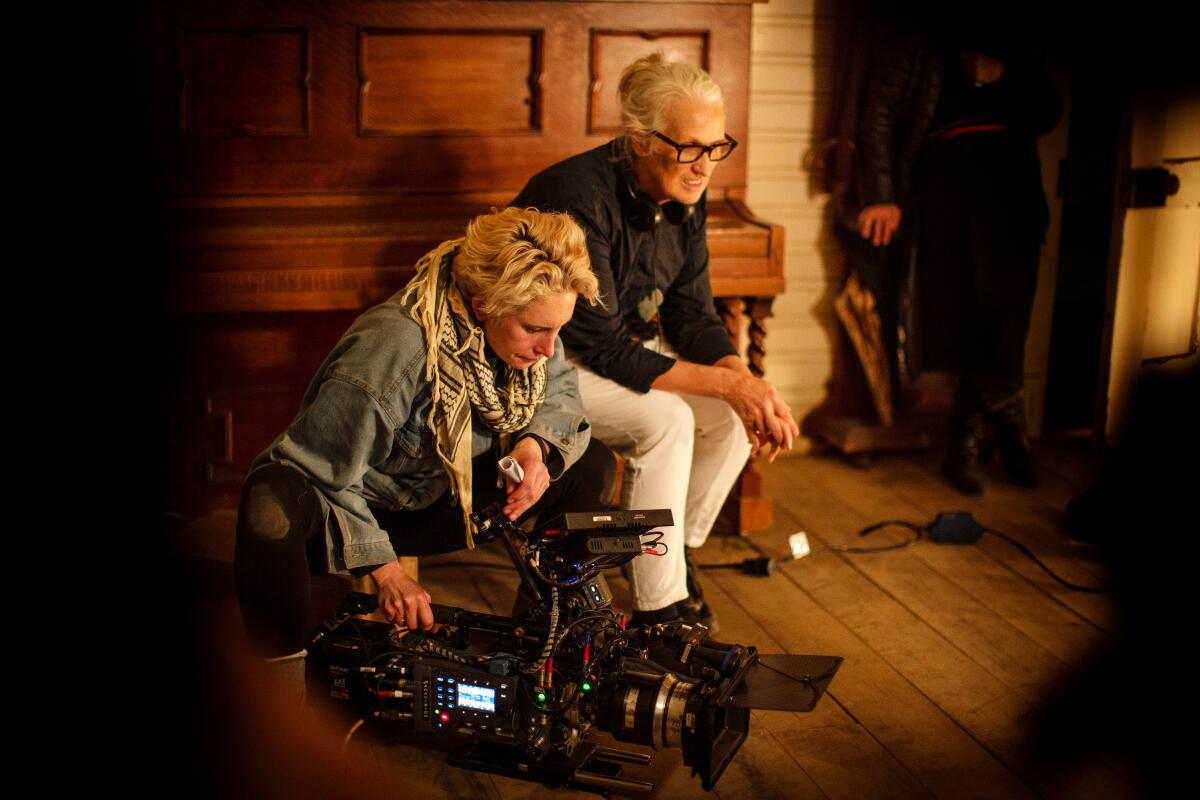
Wegner says she aimed with her camera to keep a “nonjudgmental eye on what we were watching, knowing that we wanted the feeling for the audience at the end to be quite complex, to not be one particular emotion but multiple, even conflicting emotions.” It’s summed up by the note on one of her shot folders. “I’d written ‘strongly retrospective experience.’ We wanted to create that kind of feeling for an audience that stays with you for a while, the kind of experience that makes you want to keep thinking about it and try and tease it out long after it’s over.”
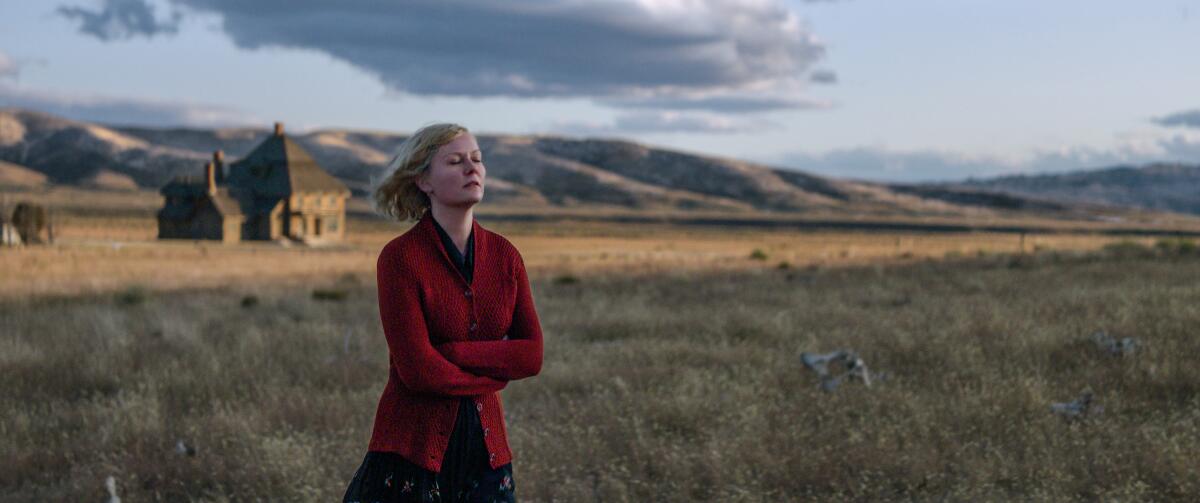
Shot in large format with the Arri Alexa Mini LF camera in 4K, which Netflix requires, Wegner chose long Panavision Ultra Panatar lenses best suited to capturing landscapes and delivering a classic widescreen look. Intensive, detailed storyboarding led them there. “We drew pretty much every frame of every shot, and eventually our rectangles were getting longer and longer,” she says. “Jane had a few of them printed and she kept drawing off the edges. The mountain range, the cattle drive, the big table in the main room, even Phil’s braided rope: So many shots were becoming long, thin and wide. That’s when we realized this film was widescreen.”
Inside the family house, “an architectural masterpiece” built by Oscar-winning production designer Grant Major on a soundstage, Wegner played off subtle lighting and rich, period details. Rose’s room features such a profusion of rose-patterned wallpaper and shades of red and pink it left the filmmakers “seeing green” when they stepped off the set after filming a long scene. Large photographs of the exterior locations that hung on billboards behind the set’s open windows were particularly helpful, she says, giving the actors and filmmakers a more complete mis-en-scène than any bluescreen could provide.
Wegner says she most admires Campion’s fearless intuition for improvisation. “She’s amazing at just facing her fears head on and starting with the toughest, most challenging stuff,” says Wegner. “We took a year to plan but everything was always ‘subject to change.’ She knows herself well enough to understand that being locked into anything too tightly is not where she does her best work. Even when we’ve invested a lot of time, money or thought to the setup, she’s incredible at following her gut.”
More to Read
From the Oscars to the Emmys.
Get the Envelope newsletter for exclusive awards season coverage, behind-the-scenes stories from the Envelope podcast and columnist Glenn Whipp’s must-read analysis.
You may occasionally receive promotional content from the Los Angeles Times.
